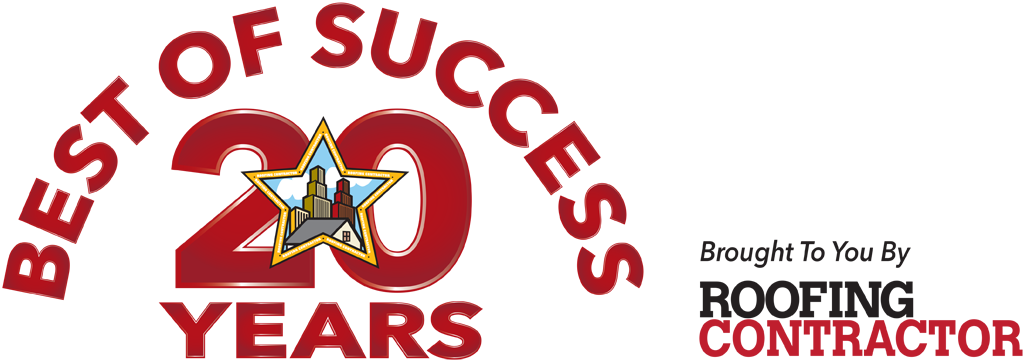Improve Your Company's Safety Record
Best of Success Seminar: Bob Pringle
Safety offers a spectacular return on investment, noted Bob Pringle, who recommends that safety be listed as a line item on every bid. “According to OSHA, forevery dollar you put into safety, you get $5 back,” he said. Pringle is the vice president of Evans Roofing Company, a commercial and industrial roofing contractor headquartered in Elmira, N.Y. He detailed his company’s commitment to establishing a culture of safety in his presentation titled “A Roadmap for Safety Success.”
Pringle told Best of Success attendees the story of his own company’s conversion from a company that was complacent when it came to safety to “one of the best safety companies in the industry.”
In 1991, Evans Roofing became one of the first roofing contractors to initiate a formal total quality management program. The company chose three core values as the foundation of their program: safety, quality and customer satisfaction.
When it comes to safety, Evans Roofing established four overarching principles, according to Pringle. They are:
1. Meeting safety requirements. “Meeting the safety requirements means we must understand and agree on the requirements, and then meet them,’ said Pringle.
2. Conducting error-free safety work. “This principle tells us how often we expect to meet the safety requirements, and there is only one standard: the first time, every time,” Pringle said. “This does not mean that errors will not happen. It does mean adopting an attitude in which errors are viewed as unacceptable.”
3. Managing safety by prevention. “Managing safety by prevention means that safety must be built into our work,” he said. “It cannot be inspected in, improvised in or repaired in. It must be built in.”
4. Measuring the cost of safety. “The cost of safety is often as high as 20 to 40 percent of the sales dollar,” he said. “A small reduction in cost of safety brings a large gain in profits.”
Pringle recommends setting written goals for safety improvement, measuring the progress and charting the results. “You have to have and set safety goals to improve,” he said. “Don’t hide the information. You have to share it.”
For Evans Roofing, the next quantum leap in safety practices came when the company became the first in the roofing industry to qualify under OSHA’s Voluntary Protection Program (VPP) in 2008.
The VPP culture has resulted in fewer injuries and illnesses, lower workers’ compensation premiums and fewer first aid claims, noted Pringle. It also increased worker morale.
“Leave behind a legacy of safety,” he urged attendees. “We’re all going to leave the business someday. What a great thing to be able to say about yourself — ‘I spent the money to keep everyone safe on the job.’”
Looking for a reprint of this article?
From high-res PDFs to custom plaques, order your copy today!




